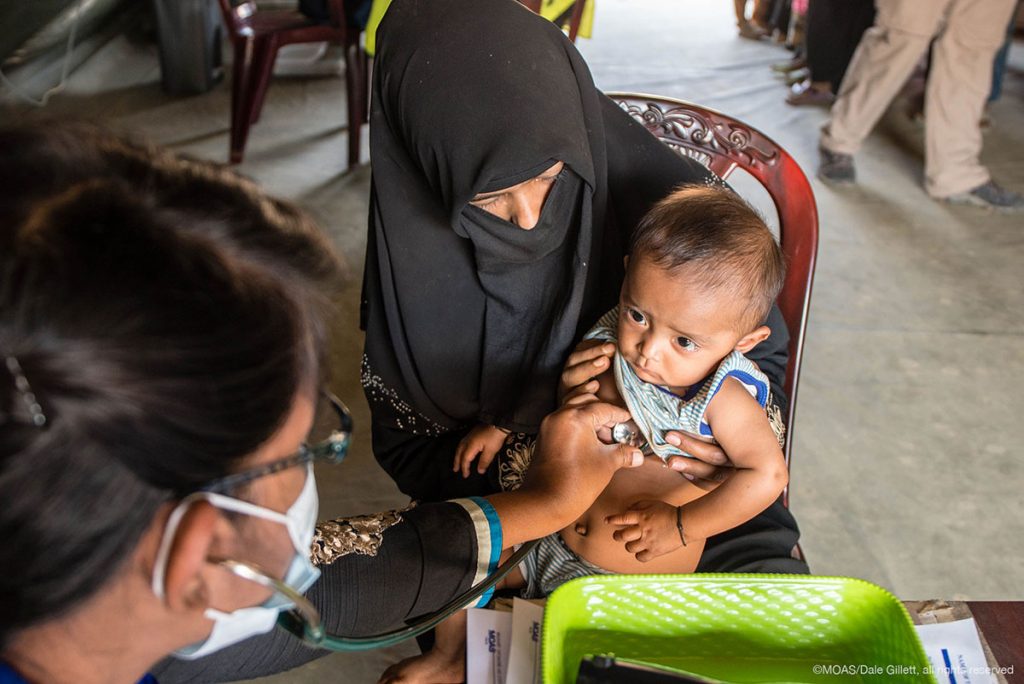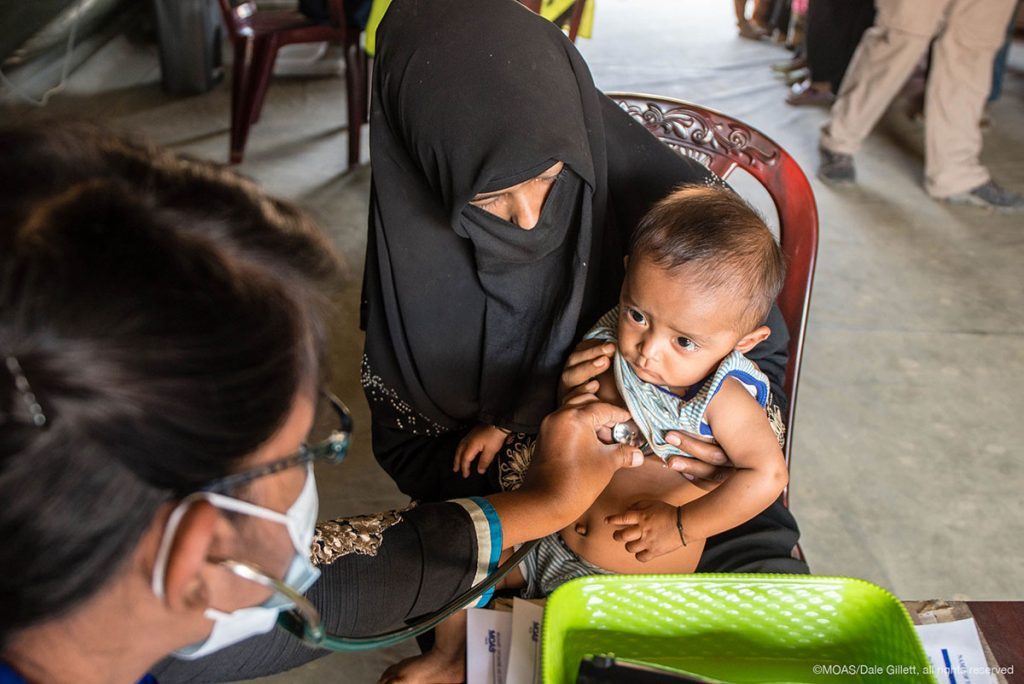Joint press release from NGOs in Rohingya response in Bangladesh
One year has passed since the beginning of the exodus of an estimated 706,000 Rohingya refugees from Rakhine State, Myanmar to Cox’s Bazar in Bangladesh following what the top UN human rights official called a “textbook example” of ethnic cleansing. The newly arrived Rohingya in Cox’s Bazar joined hundreds of thousands of their fellow countrymen who were part of previous waves of displacement from Myanmar. The 20th century has seen multiple waves of movement of Rohingya population from Rakhine State to Cox’s Bazar and back, but the 2017 exodus was by far the largest.[1]
The pace of new arrivals made this the fastest growing refugee crisis in the world, coupled with what also resulted to be the highest concentration of refugees in the world. Moreover, the area is surrounded by local communities with high poverty rates that have been largely impacted by the refugee crisis.[2] The people and the Government of Bangladesh welcomed the Rohingya refugees with generosity and open borders. The Government’s generosity in hosting over one million refugees is exceptional and is particularly laudable in a time where refugee protection is eroding, and many countries are building barriers to prevent refugees from seeking both the assistance they require, and the protection guaranteed under international law.
The speed and scale of the influx made the humanitarian community step up its support – today over one hundred local, national and international non-governmental organizations (NGOs) are responding to the crisis alongside the Government and UN agencies, delivering protection, food, water, shelter, healthcare and other life-saving assistance. At the same time, one year into the crisis, the humanitarian community is still delivering largely emergency aid in the framework of “temporary” assistance which considerably falls short of meeting minimum international humanitarian standards (Core Humanitarian Standard and Sphere[3]).
As the 2018 Joint Response Plan for Rohingya Humanitarian Crisis targeting 1.3 million refugees and host communities is only 33% funded[4], it is essential that the government and people of Bangladesh are supported to provide both short and medium-term assistance to Rohingya and their host communities. While the only way to end this crisis is to find a political solution in Myanmar and tangible progress needs to be made for safe, dignified, voluntary and sustainable return of refugees to Myanmar, all stakeholders in the humanitarian response in Bangladesh must step up efforts in meeting minimum international humanitarian standards in both refugee protection and humanitarian assistance.
Going forward into the second year of the response in Bangladesh, the overarching priorities of NGOs active in the response include:
(1) Respecting and upholding the rights of refugees coupled with meeting their protection needs;
(2) ‘Putting people first’ so that refugees and host communities in Bangladesh are able to participate in constructing safe and dignified outcomes for their future;
(3) A whole-of-society approach to ensure that the humanitarian community, including local organizations, can use their expertise to maximize impact now and in future.
Realizing these priorities will require in particular:
- Considerable increase in funding of the crisis by donors – governments, private sector, NGOs, individuals – worldwide. The humanitarian community is short of approx. USD 630 million until the end of the year, for both critical aid to refugees, but also to affected host communities and environmental restoration. At the same time, NGOs will continue their efforts in accountability, not only to donors, but also to affected populations, including effective communication and feedback mechanisms, as well as ensuring aid is delivered in a safe and dignified manner.
- Widening humanitarian space by the Government of Bangladesh to allow unhindered operations of NGOs delivering life-saving assistance to refugees and their host communities, especially through reducing delays in granting permissions for humanitarian projects, in registering NGOs and in granting visas for humanitarian workers, coupled with simplifying government procedures relevant to the implementation of humanitarian activities.
- Review of the humanitarian response and its coordination architecture in the past one year given its complexity and what the UN system calls a level 3 emergency, in order to allow learning from the past and improving for the future. The only evaluation of the response available so far is the one of Disasters Emergency Committee grouping UK charities and dating back to early 2018.
- Allowing humanitarian interventions that will include giving every refugee child free and adequate education, access to livelihood opportunities including vocational training, coupled with granting freedom of movement, enabling refugees to live freely and with dignity.
- Scale-up of assistance to host communities. The response must mitigate the impact of the refugee influx on the Bangladeshi communities[5] and improve their ability to cope with the strains of hosting nearly a million people who are forced to rely upon humanitarian aid for their basic needs.
[1] ISCG, Situation Report Rohingya Refugee Crisis, 16 August 2018 and ACAPS, Rohingya influx since 1978 – Review, December 2017.
[2] COAST, Crisis within the Crisis. A study on impact of Rohingya influx on the host community, July 2018 and WFP with Partners, Refugee influx Emergency Vulnerability Assessment (REVA) – Technical Report, August 2018.
[3] http://www.sphereproject.org/ and https://corehumanitarianstandard.org/
[5] Detailed in COAST, op.cit.


